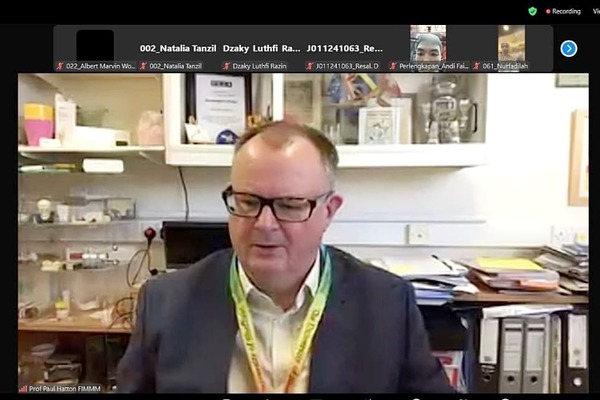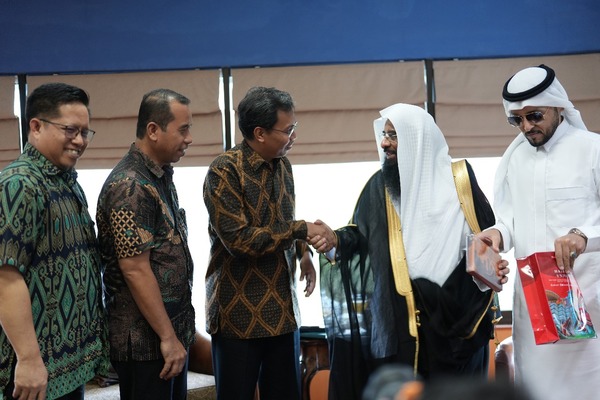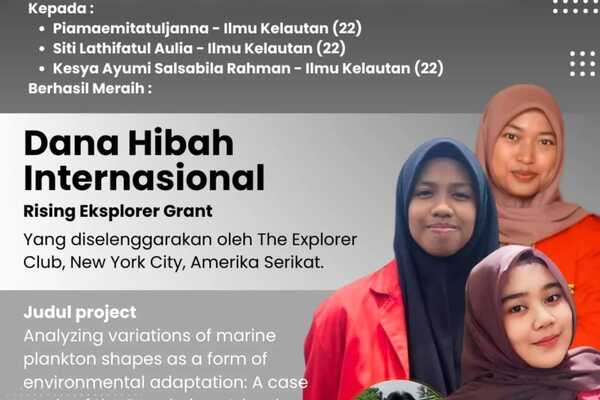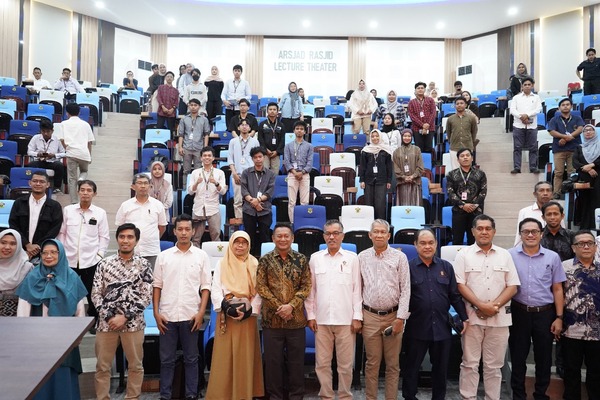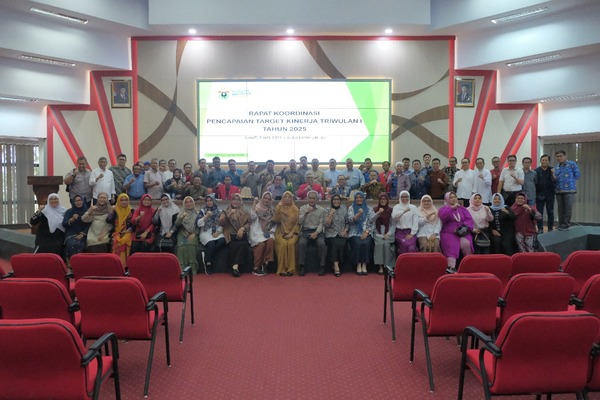Since the founding of the COVID-19 case in South Sulawesi, the Unhas COVID-19 Task Force team immediately coordinated to develop an instrument that could be used for self-identification for the community.
Several lecturers from the Faculty of Medicine, the Faculty of Dentistry, the Faculty of Public Health, the Faculty of Nursing, and the Faculty of Forestry initiated this instrument. The application of the Geographical Information System (GIS) involved the Research and Development Center for Spatial Planning and Information of Hasanuddin University.
Andang Suryana Soma, Ph.D., who is a spatial information specialist on this team, said that since it was launched on March 21, this survey instrument has been responded by more than 30 thousand people in South Sulawesi.
Andang Suryana, who is also a lecturer at the Faculty of Forestry of Unhas, said that the data collected was not for publication. However, it would be followed up by volunteers and the Unhas COVID-19 Task Force Team.
“We continue to accomplish this instrument because we see its development so fast. Friends from the health sector said that the Ministry of Health’s instrument changes, therefore we made adjustments,” said Andang, who is an alumnus of Kyushu University, Japan.
One of the adjustments is the existence of a new category, namely People without Symptoms (Asymptomatic People) or OTG. According to the guidelines issued by the Ministry of Health on March 23, 2020, the operational definition of OTG is (1) people who are asymptomatic and have a risk of contracting from people with COVID-19; and (2) asymptomatic people are in close contact with positive cases of COVID-19.
A lecturer at the Faculty of Nursing Unhas, Nurhaya Nurdin, said that there are now three levels of patients of COVID-19, which are People without Symptoms (OTG), People in Monitoring (ODP), and Patients in Monitoring (PDP).
“These criteria can be found in chapter 2, page 10 of the Ministry of Health’s guidelines. With these changes, the Unhas COVID-19 Task Force Team, who compiled their self-identification instruments, made adjustments,” Nurhaya said.
The data obtained by the Unhas COVID-19 Task Force Team was then coordinated with the health authorities, in this case, the Provincial Health Office. This instrument has also been adopted by the COVID-19 Task Force Team in South Sulawesi province to control the increasing number of patients.
A surveillance team member, dr. Joko Hendarto, Ph.D., said that the Unhas COVID-19 Task Force Team then activated the volunteers that had been prepared for the communication, information, and education process.
“The process of public education is fundamental, because, for people who are in the OTG or ODP category, they can take independent isolation steps while being monitored by health officers, without going to health facilities. While the ODP category will be monitored by online volunteers and be proceeded to the health authorities,” said Joko, who is a lecturer at the Faculty of Medicine Unhas.
The people now can utilize the self-identification instruments of the Unhas COVID-19 Task Force Team that has been adopted by the South Sulawesi Provincial Government Task Force. It can be accessed at https://bit.ly/Identifikasi_diri_Covid19_SULSEL. If you visit the South Sulawesi Province Task Force website at http://covid19.sulsel.go.id, the instrument can also be found on the front page.
By participating in this survey, the community contributed to the countermeasure of the COVID-19 outbreak in South Sulawesi. The Maluku Provincial Government has also adopted the instrument. (*)
Kumara Tungga Dewa, S.S.
Editor: Ishaq Rahman, AMIPR

